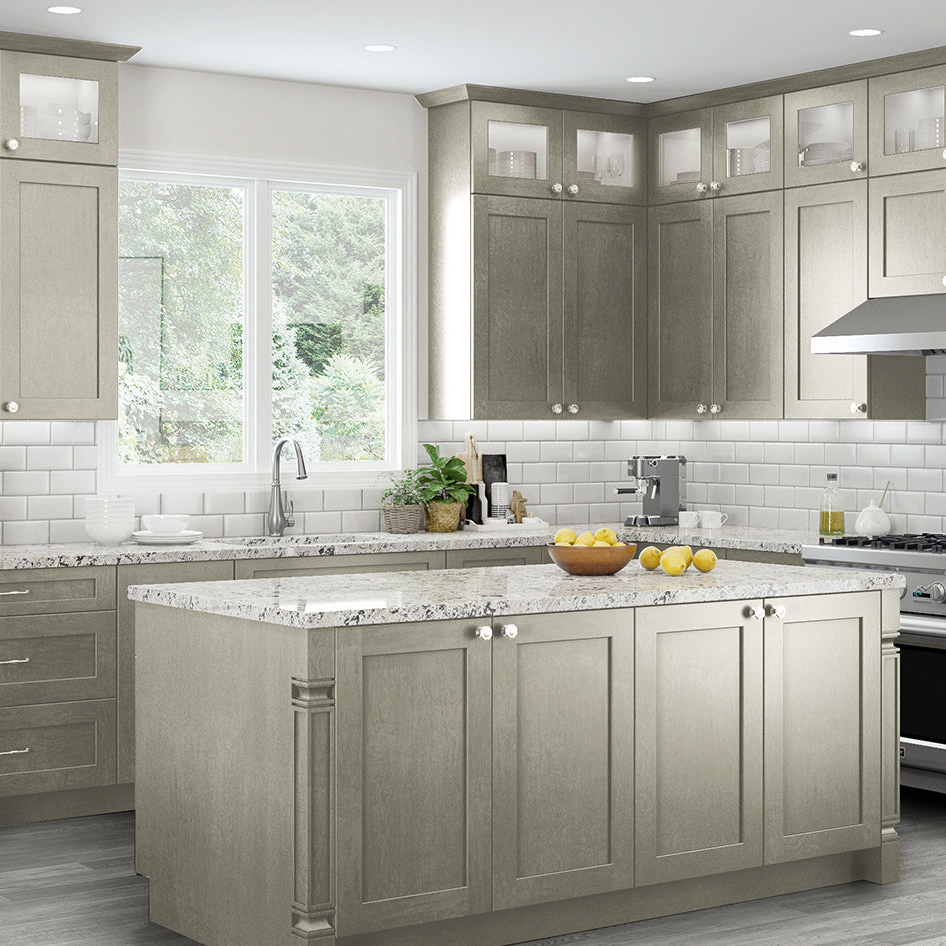Introduction
Design has become an integral part of our lives, from the buildings we live in to the products we use. With its ability to shape the world around us, design is a powerful tool that can enhance our experience of the world. In the world of design, Barber Osgerby is a name that stands out for its innovative and creative contributions. The Barber Osgerby Book is a tribute to their work over the years, showcasing their portfolio of designs and the stories behind them.
Who are Barber Osgerby?
Barber Osgerby is a design studio founded by Edward Barber and Jay Osgerby in 1996. The studio is known for its innovative and dynamic approach to design and has won numerous awards for its work. Over the years, Barber Osgerby has worked on a diverse range of projects, from furniture design to large-scale architectural projects. Some of their most well-known designs include the London 2012 Olympic Torch, the Tip Ton chair, and the Pacific Chair.
The Barber Osgerby Book
The Barber Osgerby Book is a comprehensive collection of the studio’s work, from their early designs to their latest projects. The book is structured chronologically, which allows readers to see the evolution of the studio’s work over time. The book is divided into five sections, each of which showcases a different aspect of Barber Osgerby’s work.
Section 1: Early Work
The first section of the book explores Barber Osgerby’s early work, including their first furniture designs and small-scale projects. This section offers insights into the studio’s creative process and the ideas that have shaped their work over time.
Section 2: Furniture Design
In the second section of the book, readers are introduced to Barber Osgerby’s furniture designs. From the iconic Tip Ton chair to the elegant Bell Table, this section is a testament to the studio’s ability to create functional and beautiful furniture pieces.
Section 3: Product Design
The third section of the book is dedicated to product design. This section features a range of products, including lighting fixtures, kitchenware, and home accessories. The products in this section embody Barber Osgerby’s commitment to design that is both functional and aesthetically pleasing.
Section 4: Architecture and Interiors
The fourth section of the book showcases Barber Osgerby’s larger-scale projects, including their work in architecture and interiors. From the Olympic Torch for the London 2012 Games to the interior design of the Ace Hotel in London, this section demonstrates the studio’s ability to work on a grand scale.
Section 5: Collaborations
The final section of the book is dedicated to the collaborations that Barber Osgerby has engaged in over the years. This section features work that the studio has created in partnership with other designers, artists, and manufacturers. From the Giraffe Playground for the V&A Museum of Childhood to the Ono light for Flos, these collaborations highlight the studio’s ability to work across disciplines and create innovative designs.
The Barber Osgerby Philosophy
At the heart of Barber Osgerby’s work is a commitment to functionality and simplicity. The studio’s designs are often characterized by clean lines, minimalism, and an emphasis on usability. Barber Osgerby also places a strong emphasis on materials and sustainability, using materials that are environmentally friendly and can be recycled.


